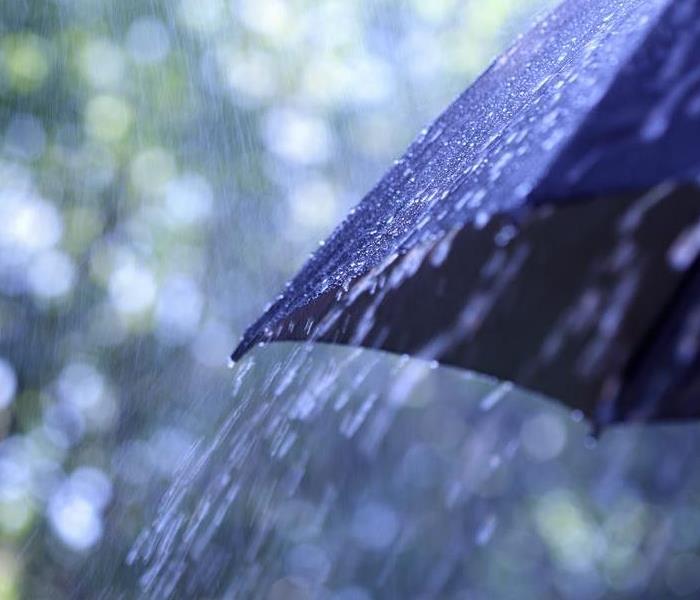Protect Your Home with Landscaping: Techniques to Keep Your Property Safe from Natural Disasters
6/12/2023 (Permalink)
Landscaping is more than just adding aesthetic appeal to your property. It can also be a valuable tool to help protect your home from natural disasters like floods, erosion, and even wildfires. In this blog, we'll explore some landscaping techniques you can use to safeguard your home.
Use Native Plants and Grasses
Native plants and grasses are specifically adapted to your region's soil and weather conditions, making them more resilient to natural disasters. These plants are also less likely to require excessive watering, which can help you conserve water in drought-prone areas. Additionally, native plants and grasses provide habitat for wildlife, helping to promote biodiversity.
Create a Rain Garden
Rain gardens are an excellent way to control water runoff and reduce the risk of flooding. A rain garden is a depressed area in your yard that is designed to capture rainwater and allow it to slowly seep into the ground. The plants in a rain garden are specifically chosen for their ability to tolerate both wet and dry conditions, and they help filter pollutants from the water before it enters the groundwater system.
Install a Retaining Wall
A retaining wall is a structure that holds back soil on a slope or hillside. Retaining walls can help prevent soil erosion and landslides, which can cause significant damage to your property. Retaining walls can be made from a variety of materials, including stone, brick, or concrete. Make sure to hire a professional to install your retaining wall to ensure it is properly engineered and constructed.
Mulch Your Garden Beds
Mulch is a layer of organic material, such as leaves, wood chips, or straw, that is spread over the soil in your garden beds. Mulch helps retain moisture in the soil, which reduces the need for watering. Additionally, mulch helps prevent soil erosion and compaction, which can damage plant roots. Mulch also provides a protective layer that can help insulate plant roots from extreme heat or cold.
Create a Fire-Safe Zone
If you live in an area prone to wildfires, it's essential to create a fire-safe zone around your home. This involves removing any dead or dry vegetation, such as leaves or brush, from within 30 feet of your home. Additionally, choose fire-resistant plants, such as succulents or ornamental grasses, for this area. Keep this area well-irrigated and free of debris.
In conclusion, landscaping can be a powerful tool to help protect your home from natural disasters. By choosing the right plants, installing retaining walls, creating rain gardens, and mulching your garden beds, you can reduce the risk of flooding, erosion, and landslides. Additionally, creating a fire-safe zone around your home can help protect it from wildfires. With these landscaping techniques, you can add beauty to your property while also protecting your home from nature's unpredictable forces.


 24/7 Emergency Service
24/7 Emergency Service
